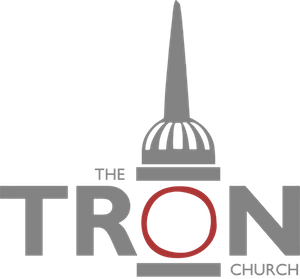"31 Since it was the day of Preparation, and so that the bodies would not remain on the cross on the Sabbath (for that Sabbath was a high day), the Jews asked Pilate that their legs might be broken and that they might be taken away. 32 So the soldiers came and broke the legs of the first, and of the other who had been crucified with him. 33 But when they came to Jesus and saw that he was already dead, they did not break his legs. 34 But one of the soldiers pierced his side with a spear, and at once there came out blood and water. 35 He who saw it has borne witness—his testimony is true, and he knows that he is telling the truth—that you also may believe. 36 For these things took place that the Scripture might be fulfilled: “Not one of his bones will be broken.” 37 And again another Scripture says, “They will look on him whom they have pierced.”"
John 19:31-37
We may be sure, however, that John saw something more than a medical phenomenon in the blood and water that flowed from Jesus' side. He immediately recognised the symbolic significance of the blood and the water, for of course they are two of the principal themes he has been at pains to elaborate in his gospel record. The shed blood signifies that salvation has been accomplished and procured (cf Hebrews 9:22 'Without the shedding of blood there is no remission'); and the water is symbolic of the newness of life that comes to men as the gift of Christ through His death. One thinks in this connection of the wonderful words in 7:38, 39, which speak of life-giving water given in connection with the glorification of Jesus. Here, then, is the fountain head of that living water, the fountain opened for sin and for uncleanness (Zechariah 13:1). Redeeming blood, life-giving water - in the language of theology, as one scholar puts it, both justification and sanctification are direct results of the crucifixion of Jesus. John indeed quotes Zechariah in 37 (perhaps the thought of the 'fountain opened for sin and for uncleanness' prompted, or was prompted by this other reference (Zechariah 12:10) and brought John's inspiration into focus and perspective). It is true that the Jews, who looked upon the crucified Jesus, did not look in the way that the prophet means in his words; but presently, when Pentecost was come and the Spirit wrought mightily in their hearts, the spirit of grace and supplication came upon them in fullness as they turned in penitence and faith to the Lamb of God.
We see, then, in this so-called simple and unadorned account that John gives here a hidden symbolism at every turn: theology, and the proclamation of a gospel in every verse.
